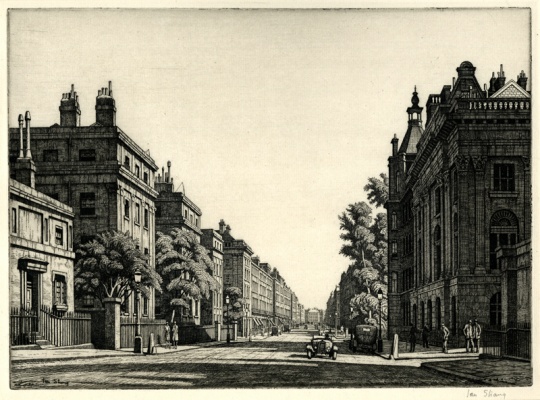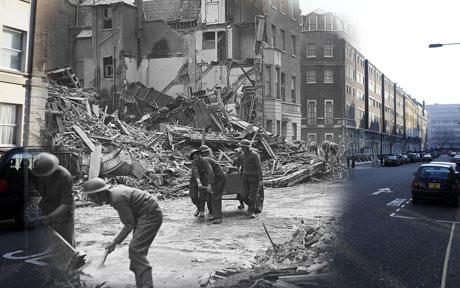Dent1st Harley Street Clinic
Main page> About us> Dent1st Harley Street Clinic
Dent1st Harley Street Clinic
We have occupied our present location at 46 Harley Street since 2007. The previous occupant was a highly experienced and successful dentist who had practised there for over four decades. We have invested heavily in the practice since 2007, replacing almost everything except the main structure. This investment has included a major refurbishment during the early part of 2012. This was prompted by the new best practice regulations for the dental industry that were formally announced in 2011 and which will come into force after 2014. Making improvements now has ensured that we have successfully attained the highest possible qualification from the Care Quality Commission. This confirms that we are providing an outstanding service to our patients, one that is fully compliant with the new regulations in every respect.
We have invested heavily in the practice since 2007, replacing almost everything except the main structure. This investment has included a major refurbishment during the early part of 2012. This was prompted by the new best practice regulations for the dental industry that were formally announced in 2011 and which will come into force after 2014. Making improvements now has ensured that we have successfully attained the highest possible qualification from the Care Quality Commission. This confirms that we are providing an outstanding service to our patients, one that is fully compliant with the new regulations in every respect.
Although space is at a premium at 46 Harley Street (as is the case with every Harley Street practice) we were able to incorporate two surgeries, an x-ray room, a decontamination room, a professional customer service station and a brand new waiting area. Together they enable us to offer a high class service to all our clients.
Experience a virtual tour of our practice here
New high quality practice photos
The history of Harley Street
It is difficult for one to imagine Marylebone as a village, but that is indeed what it was at the start of the 18th century. By the time the century was almost over there were many attractive and refined Georgian style houses in this area. Many wealthy people were drawn to these houses and also to nearby Cavendish Square.
Over the years Harley Street was owned by a number of wealthy people and families. In the early 18th century it belonged to the de Walden family, before passing to Henrietta Cavendish Holles in 1711. She married a man called Edward Harley, who gave his name to the now famous street. Cavendish Square is another example of Edward’s preference to name the nearby streets and squares after people he was familiar with.
By the middle of the 19th century Harley Street was becoming known as a highly sought after area for doctors to practise in. Approximately 20 doctors had set up practices in Harley Street by 1860, and this had quadrupled by the turn of the century. A mere fourteen years later and Harley Street was accommodating the practices of almost 200 doctors by the start of the First World War.
Harley Street was a popular and natural choice to set up such a practice. It was conveniently close to railway stations including Marylebone and King’s Cross. But it also provided high quality accommodation for those wanting to live as well as work in the area. Once Harley Street had attracted a certain number of doctors it then began to attract many more, oftentimes through word of mouth. Those professionals who had practises there invited other experts to join them. By the time the Second World War was over and the NHS was created, Harley Street was catering to more than 1,500 doctors and dentists.
The nature of the surroundings has changed markedly over time. The famous British surgeon Sir Henry Thompson practiced here in the 1870s. Dr Edward Bach also practiced here some fifty years after Sir Henry, before developing his famous range of Bach Flower Remedies.
Harley Street has been transformed since the 18th century. Nowadays more than 3,000 people work here. Letters are no longer written by candlelight. Instead these modern practices display and use the latest high tech equipment to reach professional diagnoses and to offer the latest high quality professional treatments to their patients.


